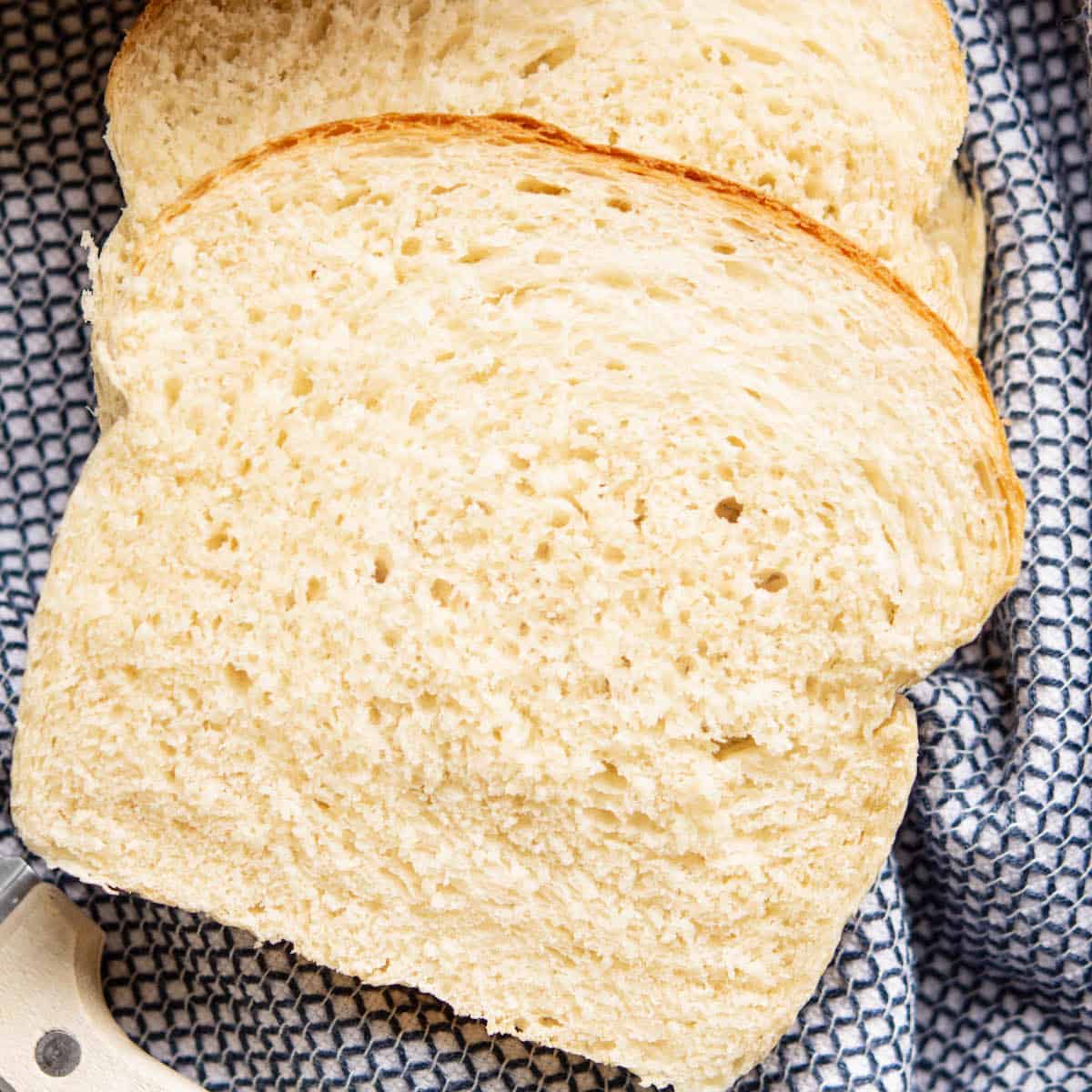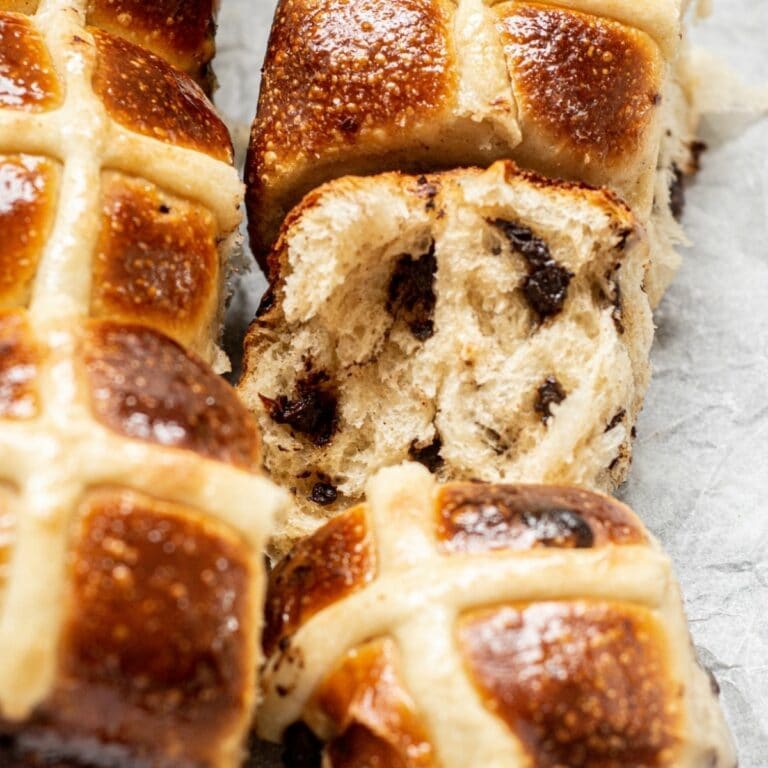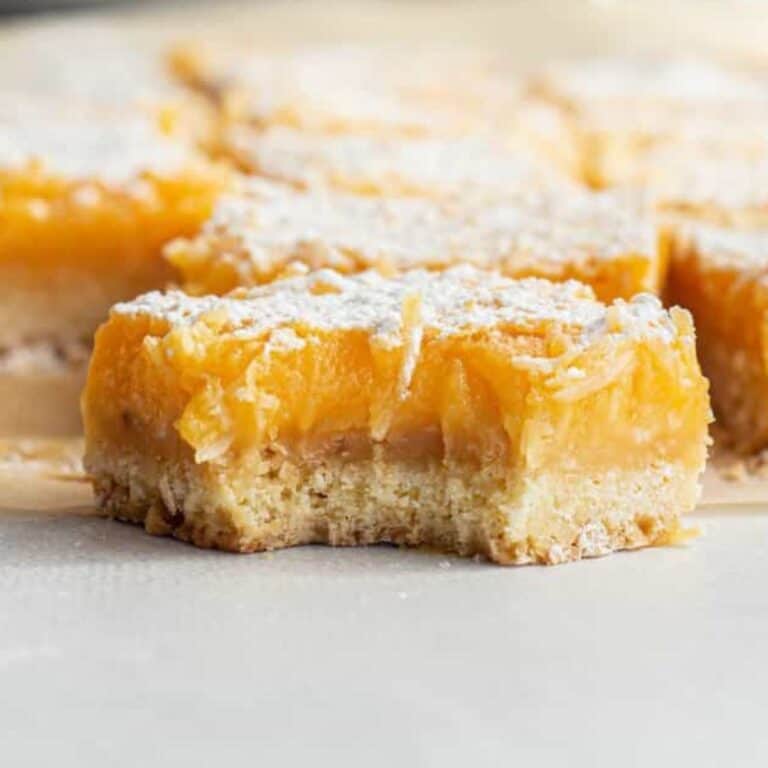Lemon Curd Swiss Meringue Buttercream
Deliciously light in texture, with a beautiful lemon curd undertone. This Lemon curd Swiss meringue buttercream is perfect for frosting cakes and cupcakes!

Swiss meringue buttercream (SMBC) is created by gently heating egg whites and sugar in a double boiler until the sugar dissolves. This mixture is then whipped into a stiff meringue. After that, lots of butter is whisked in until the mixture transforms into a perfect, fluffy buttercream.
The beauty of Swiss meringue buttercream is that it can easily be added to create many different flavors, such as coffee, chocolate, or, in this case, lemon curd!
Equipment
You’ll need a stand mixer with whisk and paddle attachments for this recipe.
Ingredients
The measurements for this lemon Swiss meringue buttercream are in the printable recipe card at the end of the post. Here’s a quick rundown of what you’ll need:
- Large egg whites. You can use fresh large eggs or liquid egg whites.
- Granulated sugar
- Room temperature butter. This can be salted or unsalted butter.
- Salt
- Lemon curd – Homemade or store-bought. The handy thing about using homemade lemon curd, is that you can use the leftover egg whites from the curd in the Swiss meringue!

Method
Lemon curd
- Begin with the lemon curd so it has time to cool before use.
- In a microwave-proof bowl, whisk together the egg yolks, whole egg, and sugar until well combined. Whisk in the lemon juice and lemon zest. Save the egg whites for the meringue.
- Place the bowl in the microwave and cook in 40-second increments, stirring each time for around 3-4 minutes in total. This time may increase or decrease depending on your microwave strength.


- Dip a metal spoon in the curd to check that it is thick enough. The curd should easily coat the back of the spoon and be visibly thicker.
- Stir the cold cubed butter through the hot curd and stir until smooth. Pour the finished curd through a sieve into clean jars. It will thicken as it cools. Once cooled, store it in the fridge.


Swiss Meringue Buttercream
- When the curd has completely chilled, begin the buttercream. Bring a medium saucepan with 1-2 inches of water to a simmer.
- Combine egg whites and granulated sugar in the metal bowl of a stand mixer or other heatproof bowl. Balance the bottom of the bowl over the simmering water bath, but ensure it’s not touching the water.

- Whisk continuously as the egg whites warm up, ensuring all the sugar has dissolved or the temperature reaches 160°F (71°C) on an instant-read thermometer.
- Be sure to keep stirring to prevent any egg whites from overcooking on the edges of the bowl.

- Once the sugar has dissolved, place the bowl in your stand mixer fitted with the whisk attachment.
- Beat on medium-high speed until the stiff peak stage and the meringue cools to room temperature.

- Add a few pieces of softened butter to the meringue base with the mixer still on medium-high speed.
- At this stage, the frosting may separate or curdle – don’t panic!

- Just continue beating the mixture until it becomes a thick and cohesive buttercream. This process can take time, so don’t give up if it seems slow – it will come together.

- Once the mixture is thick and cohesive, add the lemon curd and salt.

- Beat the buttercream until is thick and fluffy.

- Switch to the paddle attachment and beat on low for 10 minutes to knock out the larger air bubbles in the buttercream.

- Now it’s ready to start piping and frosting!
Top Tips
- Make sure your bowl is clean when adding the egg whites and that no yolk gets into the mixture.
- Don’t make this on a scorching day. If you need to, it’s best to make it in the morning when temperatures aren’t too hot yet.
- Keep whisking the egg whites as they cook over the hot water so you don’t scramble them.
- Make sure both your butter and meringue are at room temperature before beating in the butter. Room temperature butter should leave a slight indent when pressed but not be so warm that it’s greasy and melty.
FAQS
If your buttercream is too warm, it will melt and become soupy. To fix this, it needs to cool down. Refrigerate the bowl of buttercream for 10-20 minutes (depending on how soupy it was) until the edges of the buttercream in the bowl harden up. The middle of the buttercream may still be runny, but it will come together when it is whipped.
If you’re in the process of making the buttercream, it’s quite common for the mixture to split as the butter is being added in, especially if the egg whites and butter aren’t at the same temperature. Just keep beating it until it comes together.
You can leave it to sit out and warm up for a few hours, or gently warm the buttercream bowl over a hot water bath until the buttercream edges in the bowl begin to melt. Once the edges have melted, place the bowl back in the stand mixer and whip it for 3-5 minutes until creamy again. If the mixture appears to split and become curdled, the butter is still too cold and will need a little more warming.
It is too cold again, and the butter has firmed up too much this can give that greasy taste. Warm it up over a hot water bath until the edges melt and then whip it again until creamy. Underwhipping your buttercream can also be the cause.
Freeze in an airtight container for up to 3 months. Warm to room temperature and gently warm the bowl of buttercream until the edges begin to melt. Then whip til creamy.
You can overwhip the egg white component of the buttercream before the butter has been added. Beat them on medium-high speed to cool them down, not at high speed. If the egg whites have cooled but stiff peaks haven’t formed yet, you can switch to high speed to achieve the stiff peaks.
Rewhipping cold Swiss meringue buttercream
As the buttercream cools in the refrigerator, it will become hard as all the butter there has solidified. Bring it back to room temperature and whip it to make it creamy again. You can leave it to sit out and warm up for a few hours, or gently warm the buttercream bowl over a hot water bath until the buttercream edges in the bowl begin to melt.
Once the edges have melted, place the bowl back in the stand mixer and whip it for 3-5 minutes until creamy again. If the mixture appears to split and become curdled, the butter is still too cold and it will need a little more warming.
If it becomes soupy and liquid it has warmed too much, so place it back in the fridge to cool it down. Whichever way it swings, there’s a fix for it, you need to get it at the right temperature.


Lemon Curd Swiss Buttercream
Equipment
- Stand Mixer with Whisk and Paddle Attachment
Ingredients
Lemon Curd
- 3 large egg yolks save the egg whites for the buttercream
- 1 large whole egg
- 150 g granulated sugar
- 120 g fresh lemon juice
- 2 Tablespoons lemon zest
- 85 g unsalted butter cold
- 1/8 tsp salt
Swiss Meringue Buttercream
- 6 large egg whites
- 400 g granulated sugar
- 400 g unsalted butter room temperature
- All the lemon curd
- 1/8 tsp salt
Instructions
Lemon Curd
- In a microwave-proof bowl, whisk together the egg yolks, whole egg, and sugar until well combined. Whisk in the lemon juice and lemon zest. Save the egg whites for the meringue.
- Place the bowl in the microwave and cook in 40-second increments, stirring each time for around 3-4 minutes in total. This time may increase or decrease depending on your microwave strength.
- Dip a metal spoon in the curd to check that it is thick enough. The curd should easily coat the back of the spoon and be visibly thicker.
- Stir the cold cubed butter through the hot curd and stir until smooth. Pour the finished curd through a sieve into clean jars. It will thicken as it cools. Once cooled, store it in the fridge.
Buttercream
- When the curd has chilled completely, begin the buttercream. Bring a medium saucepan with 1-2 inches of water to a simmer.
- Combine egg whites and granulated sugar in the metal bowl of a stand mixer or other heatproof bowl. Balance the bottom of the bowl over the simmering water bath, but ensure it’s not touching the water.
- Whisk continuously as the egg whites warm up, ensuring all the sugar has dissolved or the temperature reaches 160°F (71°C) on an instant-read thermometer.
- Once the sugar has dissolved, place the bowl in your stand mixer fitted with the whisk attachment.
- Beat on medium-high speed until the stiff peak stage and the meringue cools to room temperature.
- Add a few pieces of softened butter to the meringue base with the mixer still on medium-high speed. At this stage, the frosting may separate or curdle – don’t panic! Just continue beating the mixture until it becomes a thick and cohesive buttercream. This process can take time, so don’t give up if it seems slow – it will come together.
- Once the mixture is thick and cohesive, add the cold lemon curd and salt.
- Beat the buttercream until is thick and fluffy.
- Switch to the paddle attachment and beat on low for 10 minutes to knock out the larger air bubbles in the buttercream. Now it’s ready to start piping and frosting!
- Swiss meringue buttercream can be stored in a covered bowl at room temperature for 1-2 days, as long as the room doesn’t get too warm. If your kitchen is warm, store it in the fridge or freezer until needed, and follow the instructions in the notes to re-whip it.





